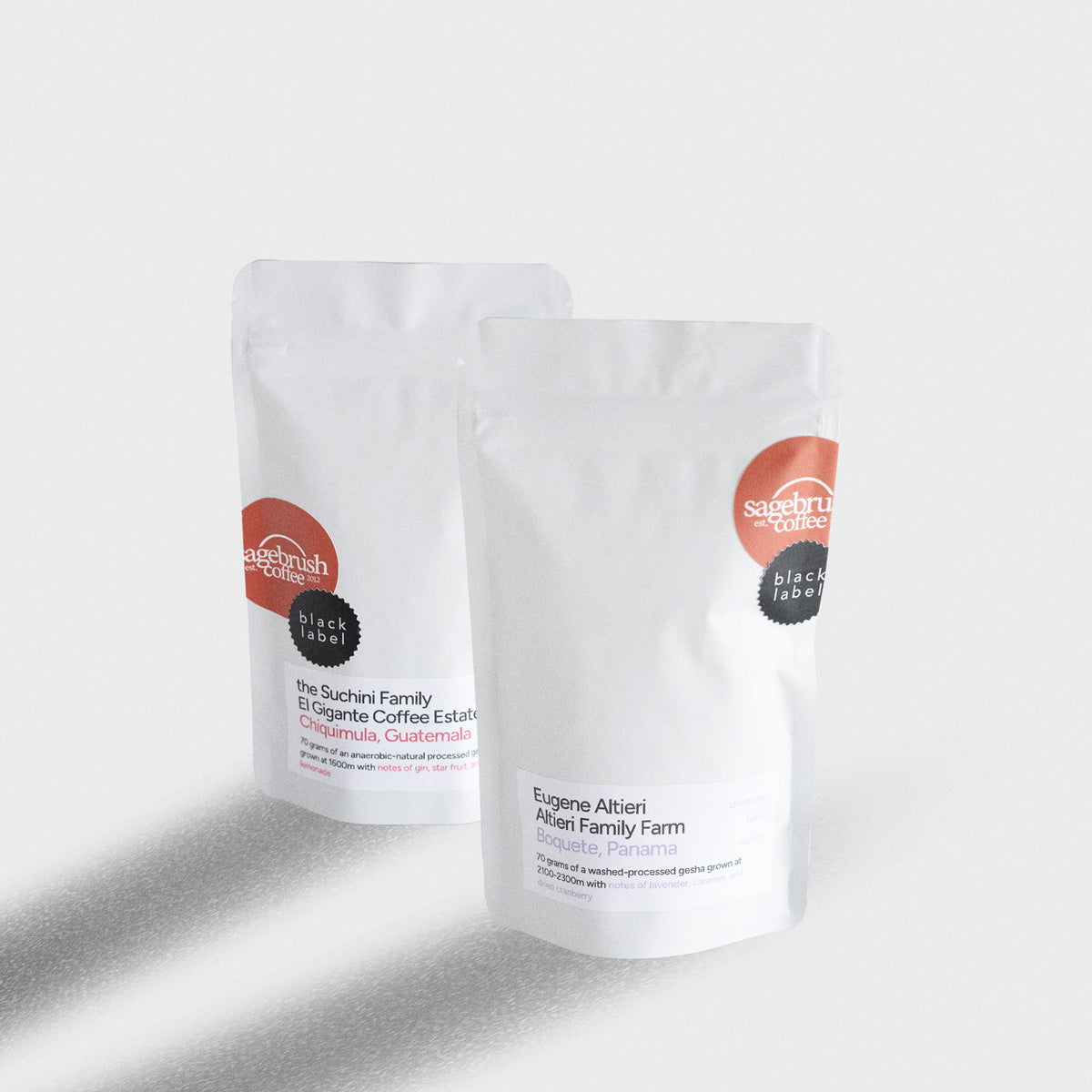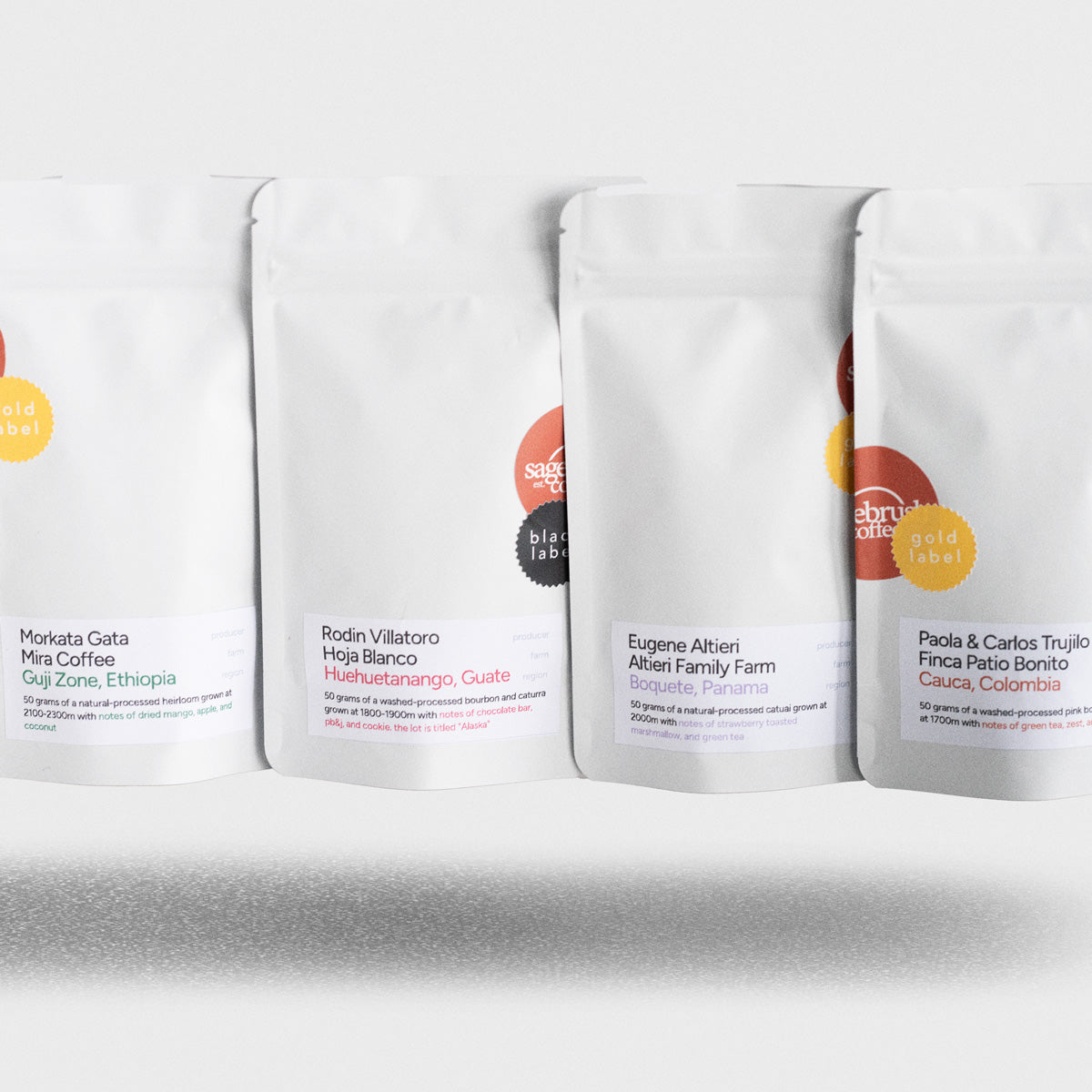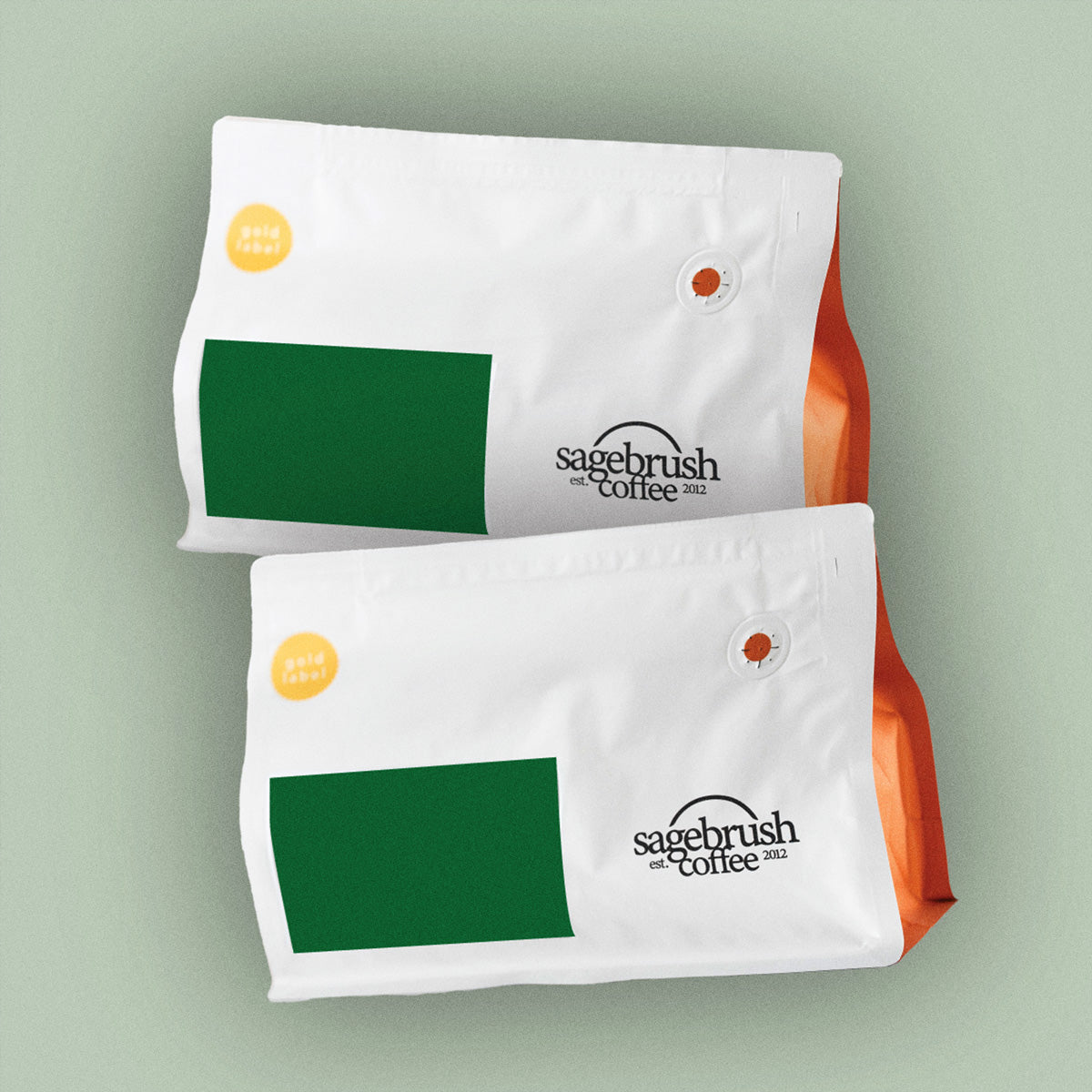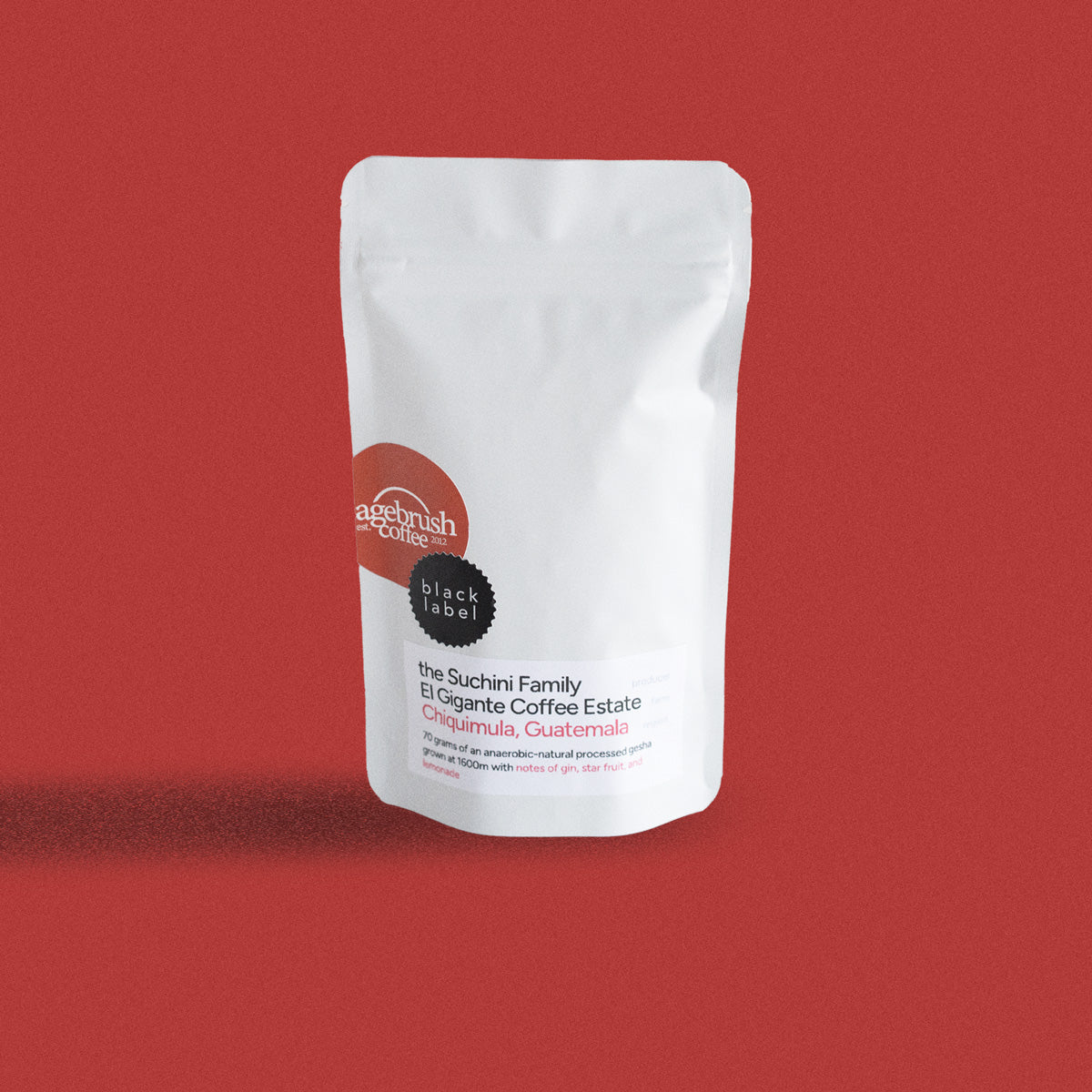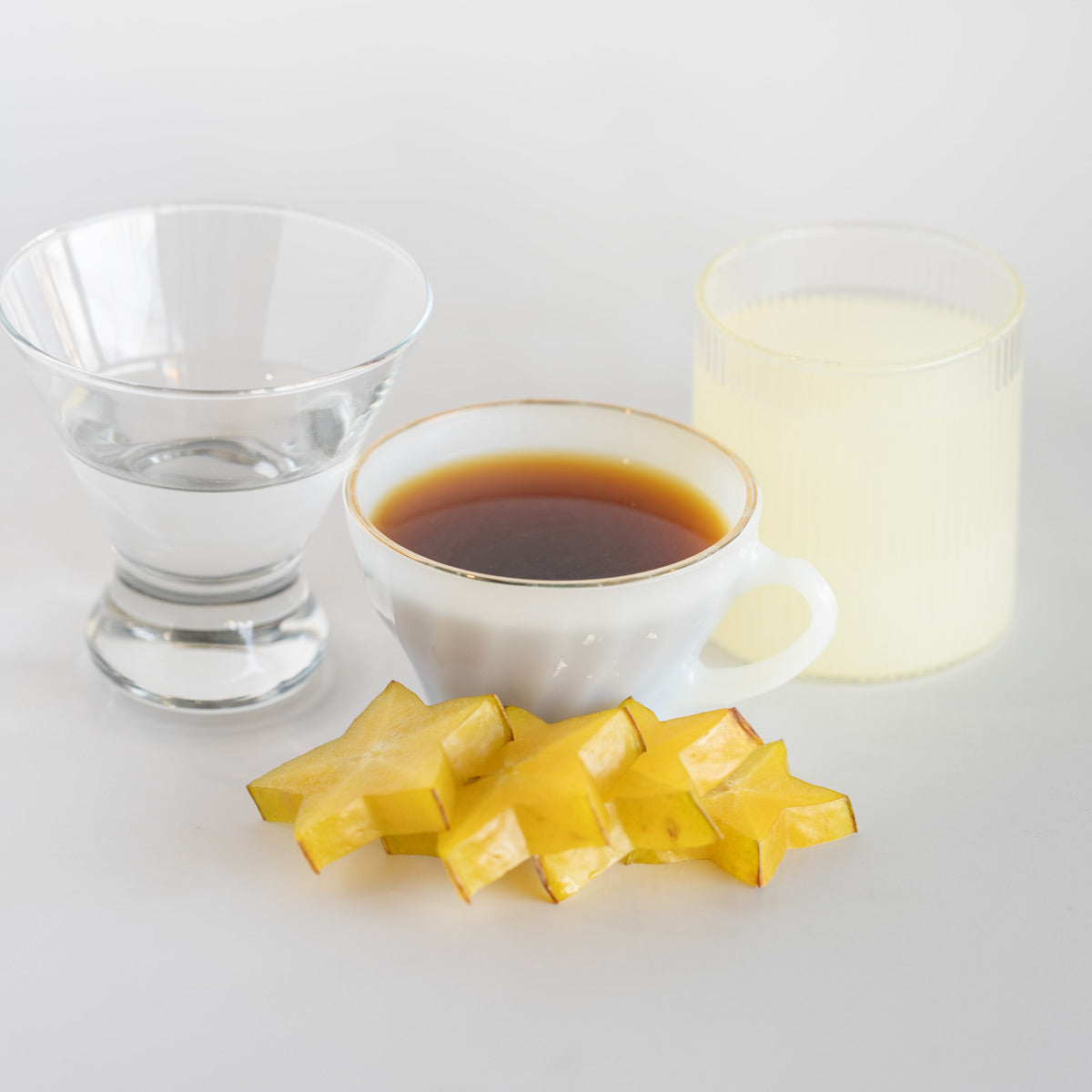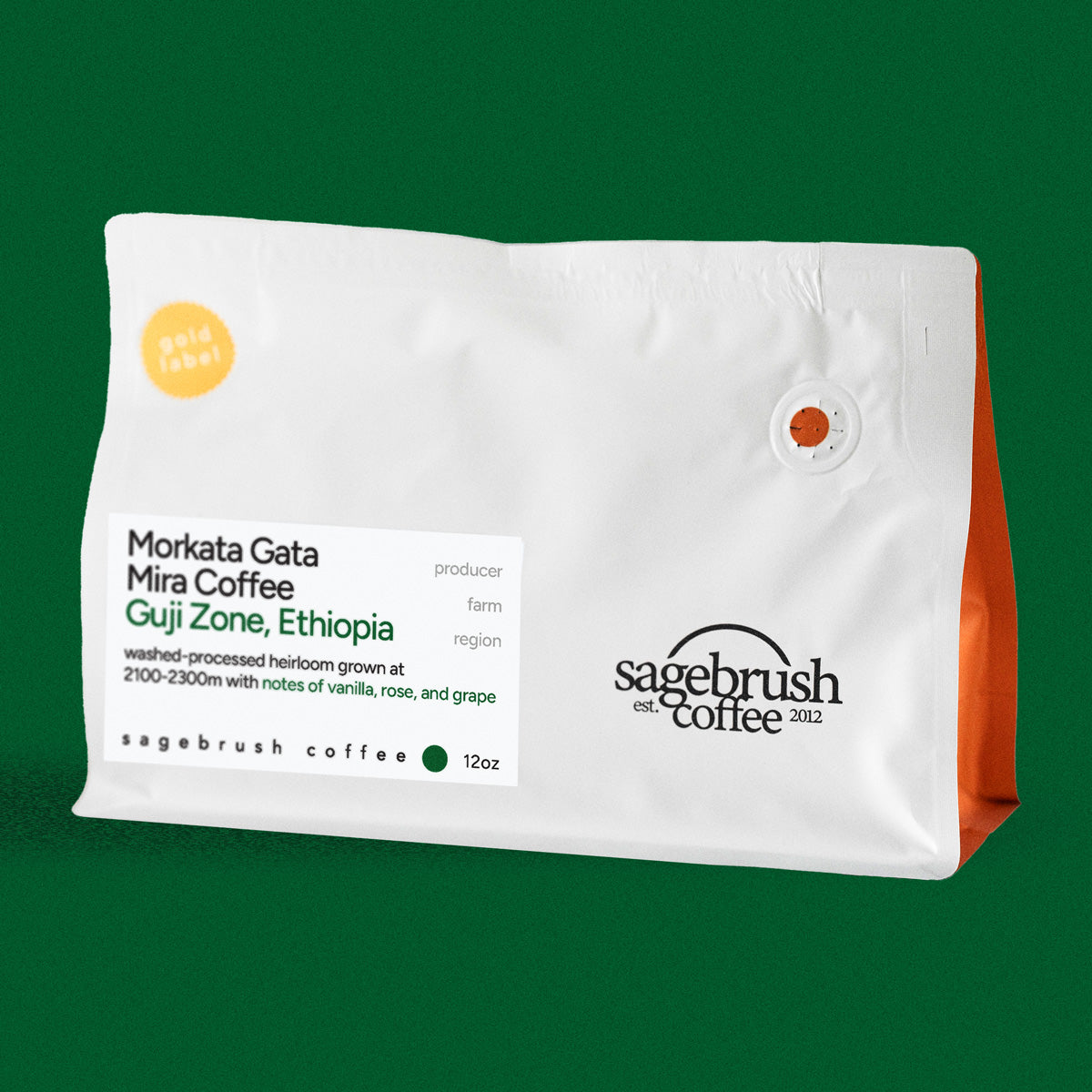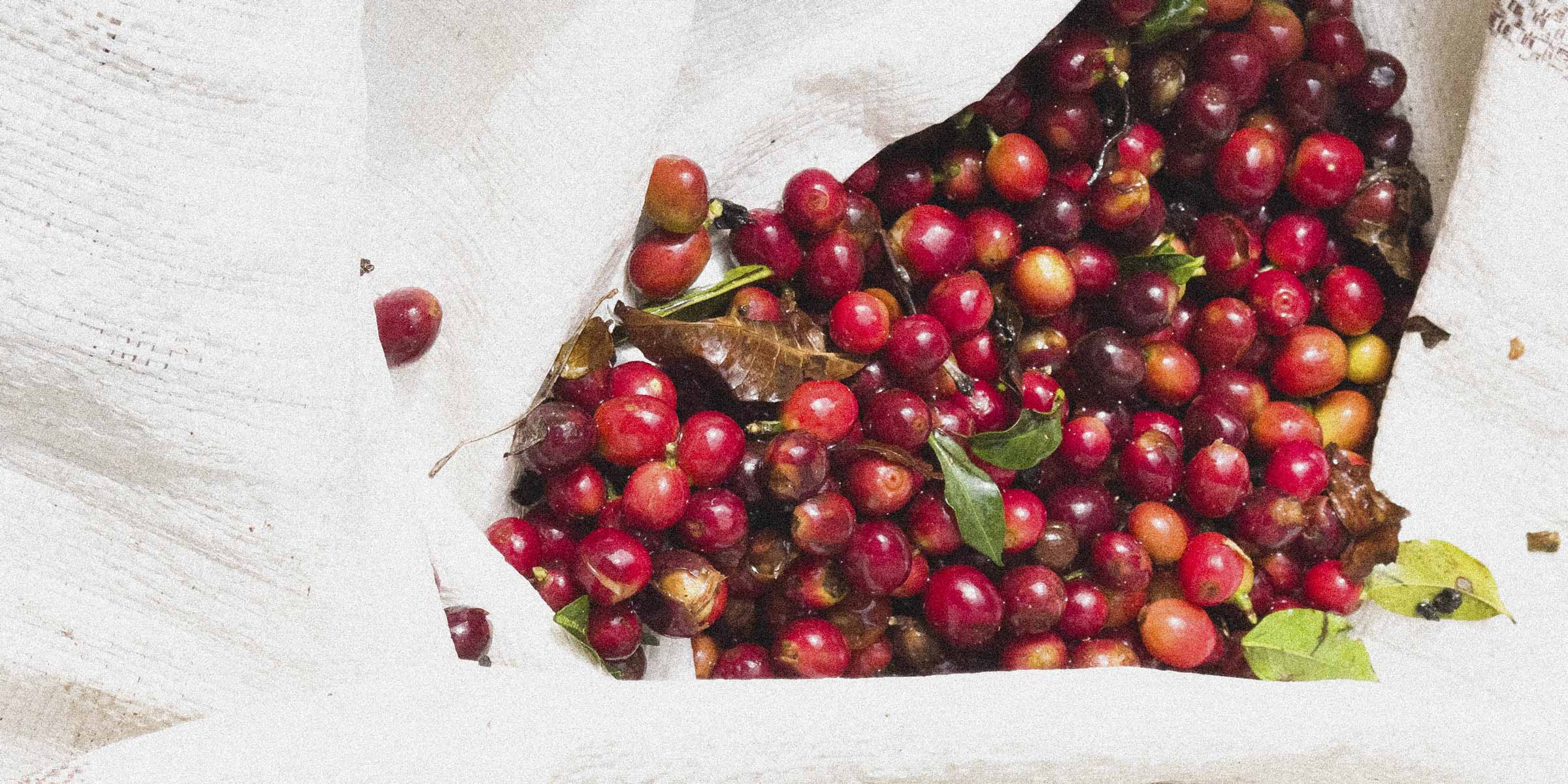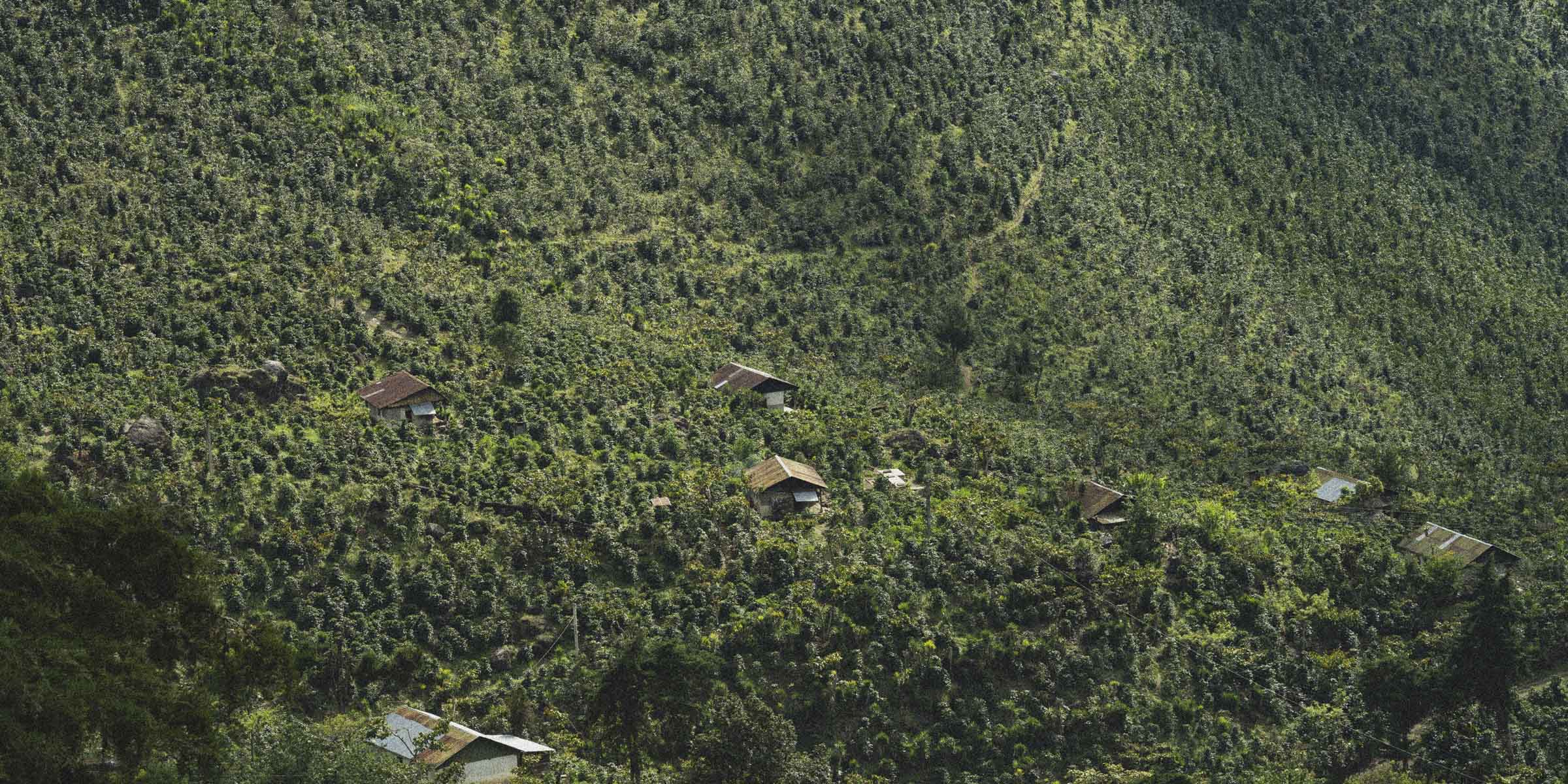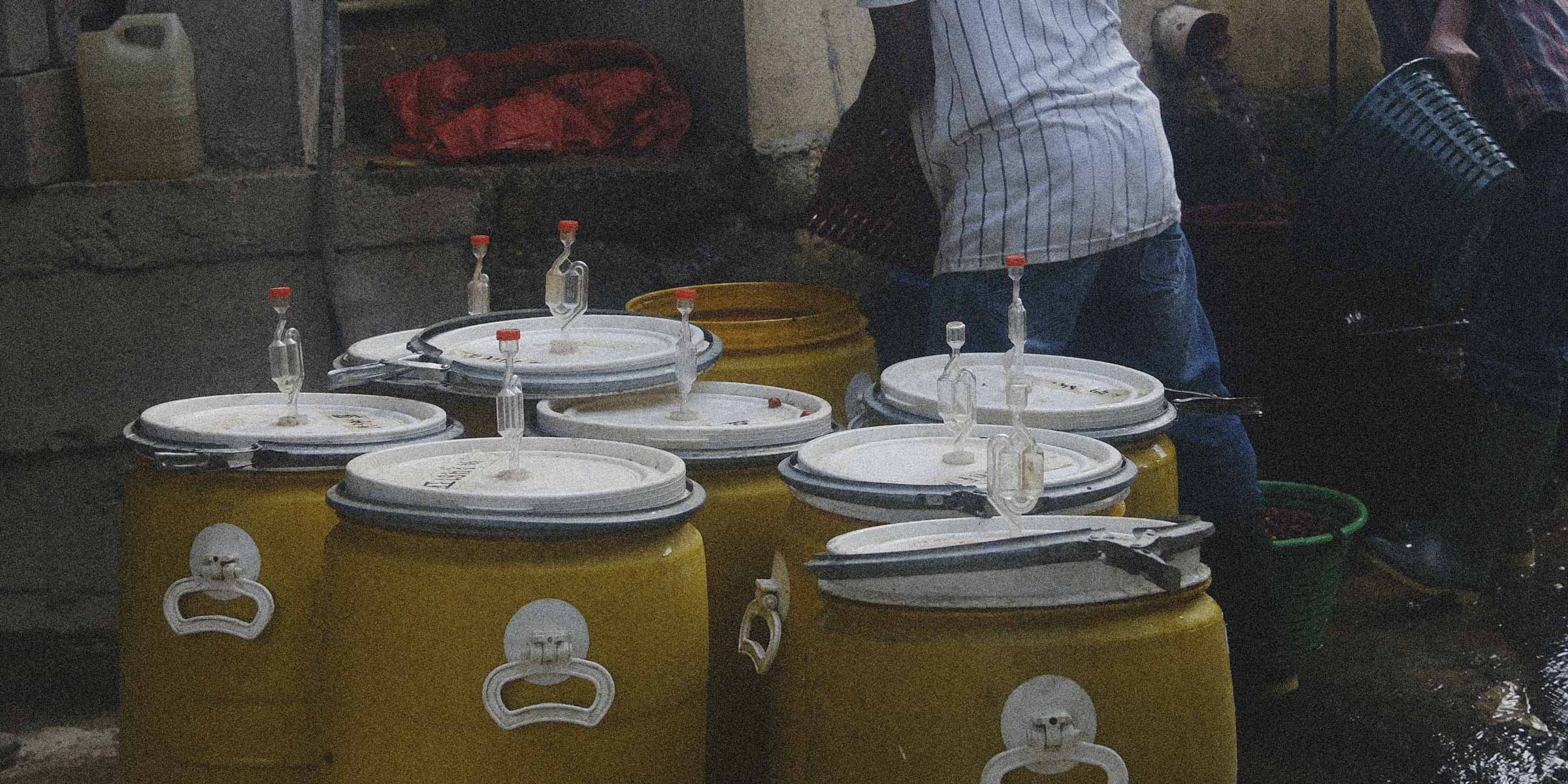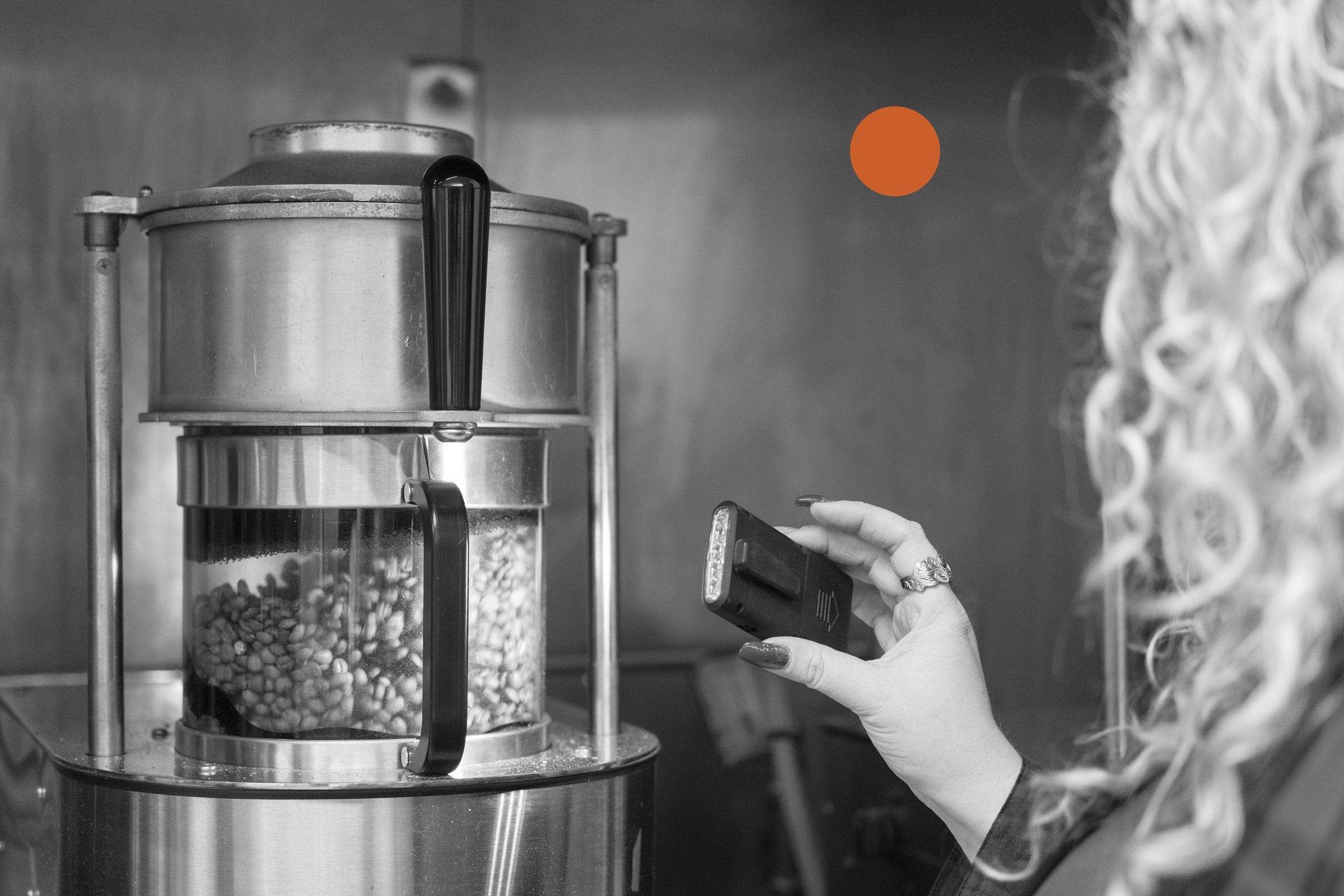Indonesia is infamous for producing bold and delicious coffee from various regions. Sumatra, Indonesia’s most known coffee-growing origin produces 60-70% of Indonesia’s coffee supply and is a country often seen at many grocery stores or coffee shops, ours included. However, one region that doesn’t get enough attention is the island of Java. Ironically, despite the origin of coffee’s notorious nickname, Java’s coffee has often flown under the radar in recent years. We were fortunate enough to get our hands on a fantastic crop from Java, and we were blown away by its rich, full-bodied flavor. There’s so much to discover and experience from this exceptional coffee-producing region, and we hope this will help shine a well-deserved spotlight on Java, both as a country and as a cup.
Java’s Historical Journey & Perfect Growing Environment
Coffee grown in Indonesia is not a recent occurrence. In fact, Indonesia’s coffee origin story began 400 years ago. The genesis of Java coffee dates back to the 1600s when the Dutch colonialists first introduced coffee plants to the island of Java. Initially, coffee was planted to meet the demands of the European coffee market, and it thrived in the island’s fertile volcanic soil. By the 18th century, Java had become one of the largest coffee producers in the world, supplying Europe and beyond. Coffee became a luxury product and prices per kilogram were equivalent to several hundred dollars in our money today. Coffee cultivation flourished under Dutch colonial rule, with the establishment of large plantations, many of which still exist today. Over the years, Java coffee became a symbol of the island’s agricultural prowess and an integral part of global trade.
Java's geographic conditions play a crucial role in shaping the distinctive flavors of its coffee. The island’s volcanic soil, rich in minerals and nutrients, provides an ideal environment for coffee cultivation. The fertile highlands, with elevations ranging from 2,000 to 6,000 feet above sea level, offer the perfect climate with cool temperatures, abundant rainfall, and plenty of sunshine, ideal for growing high-quality Arabica beans. The island’s popular coffee-growing regions, such as the Ijen Plateau, Malabar, and the Dieng Plateau, are known for producing beans with a clean, well-balanced profile that appeals to coffee enthusiasts around the globe.
Farming Practices & Sustainability
Coffee farming on Java is often done on small family-owned farms, although there are still large plantations. Many farmers use traditional, sustainable methods that help preserve the island’s delicate ecosystems. Organic farming is increasingly popular, with many producers avoiding synthetic chemicals and fertilizers in favor of natural compost and organic pesticides. Java's farmers also employ techniques such as shade growing, where coffee plants are cultivated under the canopy of taller trees, which helps maintain biodiversity and prevent soil erosion. These sustainable practices not only protect the environment but also contribute to the distinctive qualities of Java coffee, ensuring that the beans are grown to balance and enhance the natural environment.
Java’s Flavor Profile & How it Compares to Sumatra
Java coffee is celebrated for its full-bodied, earthy flavor profile with hints of chocolate, nuts, and spice. It is often described as smooth and low-acid, with a clean, mellow finish. The island’s coffee beans, typically of the Arabica variety, have a mild sweetness balanced by subtle earthy tones that make them highly versatile. Java coffee is also known for its signature smoothness, which is attributed to both the climate and the careful processing methods employed by farmers. While some varieties are more robust and intense, others are lighter and more floral, offering a range of flavors to suit different palates. The mild acidity and rich body make it a favorite for coffee drinkers who appreciate a balanced, less acidic cup.
Java coffee and Sumatran coffee offer distinct flavor experiences due to differences in geography, climate, and processing methods. While both coffees are grown on the islands' volcanic soils, Java tends to produce a smoother, more balanced cup with a mild acidity and earthy, chocolatey notes. In contrast, Sumatran coffee is known for its bold, full-bodied profile, often with low acidity and complex earthy, herbal, and sometimes even smoky flavors. This difference is partly due to the unique wet-hulling method used in Sumatra, which creates a thicker, more intense coffee with a rich, often rustic taste. Java's typically cleaner, brighter profile contrasts the more intense, heavier characteristics found in Sumatran coffees, making each a distinct and unique interpretation of Indonesian coffee production.
Java Coffee Today
Despite the rise of coffee production in other regions, Java continues to hold a special place in the hearts of coffee lovers, who appreciate its deep history and exceptional quality. The island’s rich tradition of coffee farming, combined with modern sustainable practices, ensures that Java coffee will continue to be enjoyed for generations to come. Whether you prefer it as a classic cup of drip coffee, a rich espresso, or a flavorful cold brew, Java’s robust and complex coffee offers something for every coffee enthusiast. So the next time you sip on a cup of Java coffee, take a moment to appreciate its 400-year-old legacy and the dedication of the farmers who make it possible.
Written by Zoë Maiden




